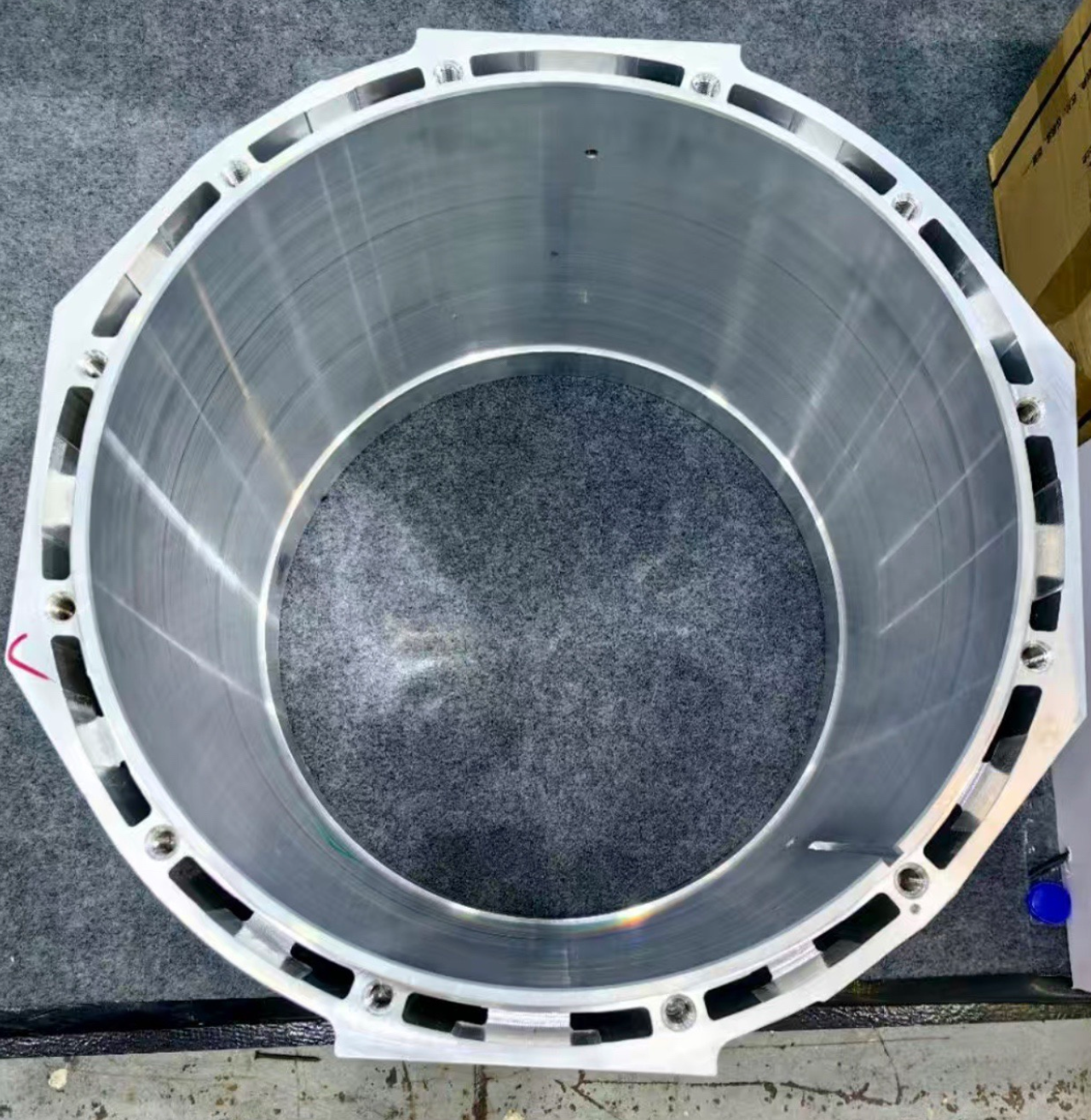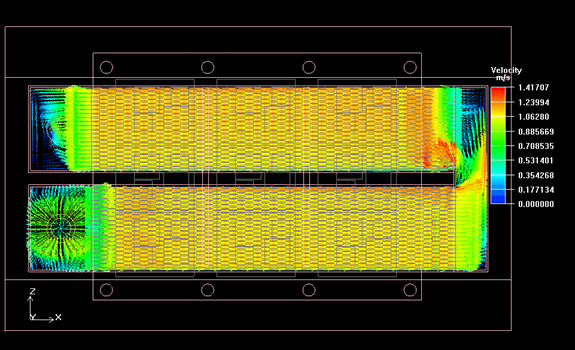New Energy Vehicle Battery Liquid cooling plate Trays Guide:The Evolution from CNC Precision Prototyping to Gravity Die Casting for Mass Production

In the core components of new energy vehicles (NEVs), the battery tray serves as the “safety cornerstone” for holding the power battery pack. Its structural strength, dimensional accuracy, and lightweight performance directly determine the vehicle’s safety, driving range, and space utilization. For the development of this critical component, the industry generally follows the logic of “validation first, mass production later” — and the integrated application of CNC precision machining and gravity die casting is the core pathway to implementing this logic.
Why is CNC precision machining the preferred choice in the initial development phase of battery trays? The answer lies in the alignment between “validation needs” and “prototype characteristics.” In the early R&D stage of NEVs, customer requirements for battery trays are not fully finalized; physical prototypes are required to conduct multi-dimensional tests. These tests cover aspects such as whether the structure can withstand vibration and impact during vehicle operation, whether the assembly accuracy with battery modules and vehicle body frames meets standards, thermal conduction and heat dissipation efficiency of the battery under extreme conditions, and even the reliability degradation during long-term use — all of which rely on physical samples to obtain data. At this stage, the advantages of CNC machining are maximized: it can accurately handle the machining of large-size trays (e.g., 1800mm × 1000mm × 100mm), achieve one-time forming of complex structures through multi-axis linkage technology, and control dimensional tolerance within ±0.1mm, fully meeting the strict precision requirements for initial testing. More importantly, CNC machining does not require mold opening; design parameters can be quickly adjusted based on test feedback, and new samples can be produced in as short as 3-5 days. This significantly shortens the validation cycle and gains critical time for optimizing subsequent mass production plans.

Once CNC prototyping completes all test validations and the battery tray design is finalized, the mass production phase shifts to gravity die casting. Why can gravity die casting become the “optimal solution” at this point? The core lies in its dual advantages of “efficiency” and “cost-effectiveness.” Compared with CNC machining — which uses a “subtractive” method to cut entire metal blocks (with material utilization usually less than 60%) — gravity die casting injects molten metal into mold cavities under the action of gravity to directly form the main structure of the tray. This increases material utilization to over 90%, significantly reducing raw material waste. Meanwhile, gravity die casting has a faster production cycle: one mold can produce 3-5 products per hour, far exceeding the single-piece production efficiency of CNC machining, and easily meeting the large-scale mass production needs of NEVs. Additionally, gravity die-cast trays optimized through mold design not only retain the structural strength of CNC prototypes but also reduce welding processes through integrated forming, lowering the complexity of subsequent assembly and further improving product consistency and reliability.
The development pathway of NEV battery trays — from CNC precision prototyping to gravity die casting for mass production — is essentially a balancing act between “technical validation” and “mass production efficiency.” CNC machining addresses the question of “whether it works well” with high precision and flexibility, while gravity die casting solves the problem of “whether it can be produced in large quantities” with high cost-effectiveness and stability. This integrated process not only ensures the safety and reliability of battery trays from design to mass production but also serves as a key support for promoting cost reduction and efficiency improvement in the NEV industry chain and accelerating technological iteration. In the future, with the upgrading of material technology and processing processes, this pathway will continue to be optimized, providing a more solid foundation for breakthroughs in NEV safety and performance.



